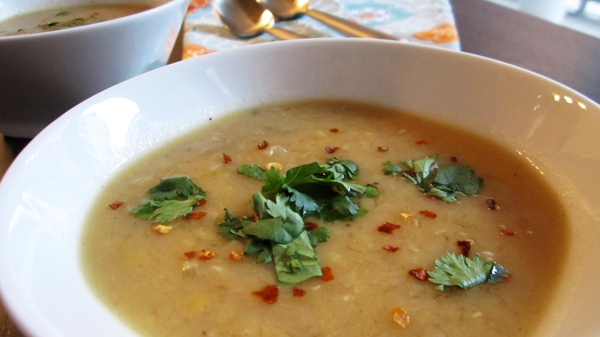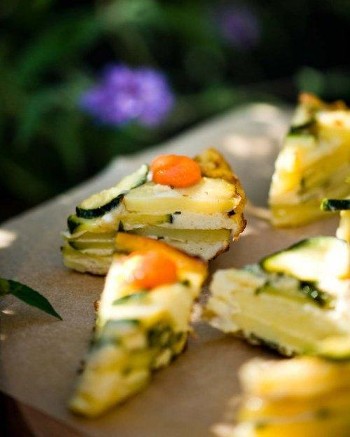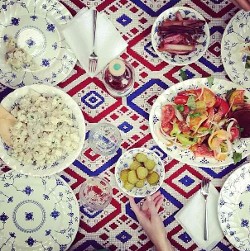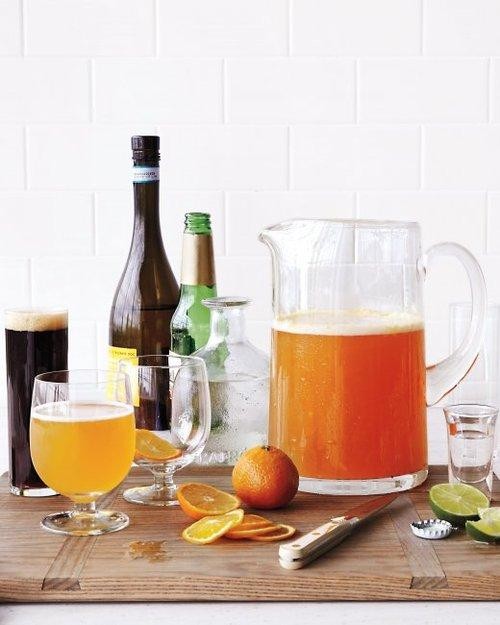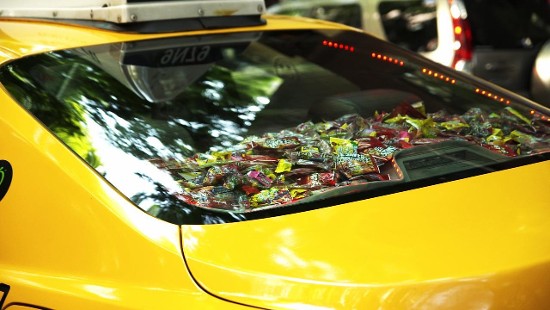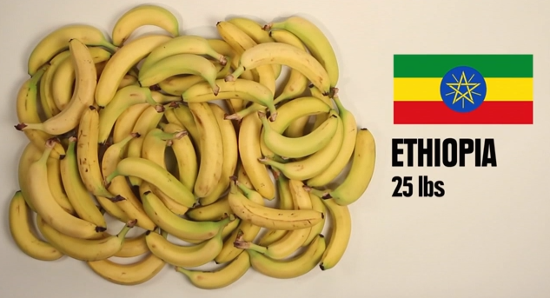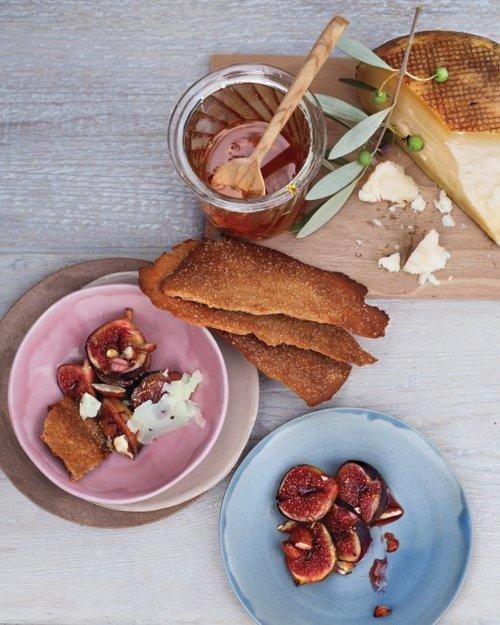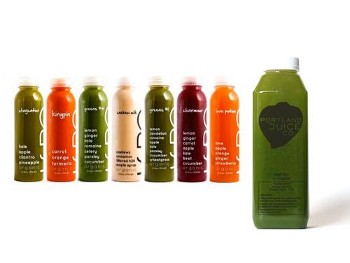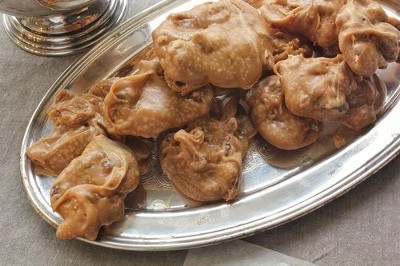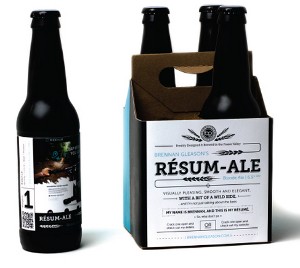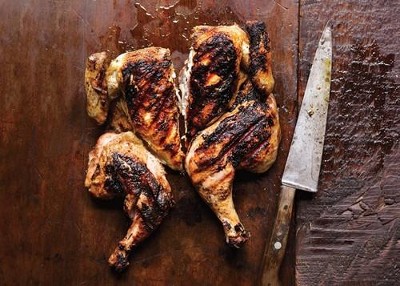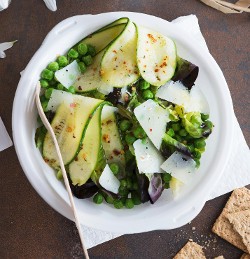Yes, you can mix pasta shapes! So says Cathy Whims, the chef of Nostrana and Oven & Shaker in Portland, Oregon, and a six-time James Beard Foundation nominee for Best Chef Northwest. Before we impulsively emptied all our 7/8ths-empty boxes of pasta into one big pot of boiling water upon hearing this news, Whims came to the Bon Appétit test kitchen to demo precisely how it’s done.
Whims discovered the technique behind pasta mista on a recent trip to Italy. “I was blown away by how simple and rustic and amazing it was,” the chef recalls. Traditionally, the dish is made up of broken bits that have been collected from the bottom of bins of dried pasta. ”That’s my favorite thing about Italian food,” says Whims, “the elevation of something an American might throw away.” In Whims’s version, you take whatever small amounts of pasta you have lying around, boil them, and add them to mashed chickpeas to form a soupy, comforting meal—made up primarily of ingredients that are already in your pantry.
But wait: Doesn’t conventional wisdom say that different pasta shapes cook at different times? How can you just throw them all in the same pot?
“That’s what makes it interesting,” says Whims. “Some parts are more al dente, and some less.” We like the way this woman thinks. (In fact, after spending a few hours in the kitchen with Whims, we love pretty much everything about her.)
There is, however, a method to the madness. (And yes, it’s madness.) Here’s how Whims does it:
1. Cook chickpeas. Whims would normally begin with dried chickpeas, but for expediency in the test kitchen, she used canned. She covered them with salted water (by an inch) and simmered them for 20–30 minutes with cherry tomatoes, onion, garlic, carrots, celery (all chopped roughly enough so that they’d be easy to remove from the water). Once the chickpeas were tender, she strained out the vegetables, saving the liquid.
2. Choose your pasta shapes wisely. Per Whims, you want at least five types. (You can also purchase “pasta mista” in a premixed bag at stores like Eataly, which, as Whims put it, “is kind of cool but also kind of takes the soul out of it.”) Whims’s recommendations: campanelle, casarecce, cavatappi, conchiglie, elbow macaroni, farfalle, fusilli, radiatori, rigatoni, rotini, rotelle, or tortiglioni. (Wow, pasta names are the greatest.) If you use a longer shape, like bucatini, reginette, or spaghetti, simply break it into pieces so it fits in with the other pastas. Avoid especially thick shapes, like gnochetti; by the time they’re done cooking, the rest of the pastas will be too mushy. Whims cooked the pasta in a pot of boiling water until 2/3 of the shapes were cooked through, then drained it.
(Interesting side note: Whims counters conventional wisdom on always saving some of the pasta water for sauce. “I studied with Marcella Hazan,” the chef explains, “and she hates the fact that chefs use pasta water. If it’s not high-quality pasta made from high-quality wheat [which will make the water really milky, helping to bind a sauce with its starches], you’re just adding cooked, boiled water. Wouldn’t it have a more fresh taste just to add clean water?”)
3. Bring it all together. In a skillet, Whims heated a few tablespoons of olive oil, imbuing it with flavor by adding crushed red pepper (a whole dried chile would also work) and garlic cloves (which were browned and then removed from the oil). She transferred the cooked chickpeas to the oil, adding some of the reserved cooking liquid to create a soupy consistency. She mashed the chickpeas with a potato masher, making sure the chickpeas retained some texture. Then she added the cooked pasta and some colatura (essentially Italian fish sauce, made with anchovies) to taste. She allowed the chickpeas and pasta to cook together, adding more of the chickpea liquid until it looked “slurpy and thick,” which was about 5 minutes. She finished the dish with torn fresh basil leaves and a very generous drizzle of olive oil.
Despite its very humble ingredients, the final dish was absolutely delicious. While pasta mista is a great solution for home cooks, Whims doesn’t want to undersell it. “I wouldn’t think twice about serving it at the restaurant,” she said. “It’s rustic, but it’s elegant.”

